We are blessed with all of the beauties in nature.

This is a male Banded Carpenter Bee (Xylocopa caffra) in the first picture. The females are black, with bands of yellow hairs. The males patrol areas in their territory, and this can be around the flowers, bushes, trees, or leaves where they live and burrow. They like to nest in holes they have bored in dead wood and stems of plants or trees, especially in the Aloes and Agave plants. An interesting fact is that some females keep a special type of mite on their abdomens. These Banded Carpenter bees are found throughout South Africa, and they especially prefer the fynbos, succulent karoo, dry savanna woodland, and coastal bush biomes.
The other type of carpenter bee, found in South Africa (not pictured in this post), is the Black-and-White Carpenter Bee. It is not found in the Western Cape. In this one, the females are black with white markings, and the males are yellow.
Source: "Field Guide to Insects of South Africa" by Mike Picker, Charles Griffiths, and Alan Weaving. Third Edition. ISBN No. 978-1-77584-584-3.
Here we have the Giant Carpenter Bee (Xylocopa flavorufa) below. They are found in the Western and Eastern Cape, and KwaZulu-Natal provinces of South Africa.
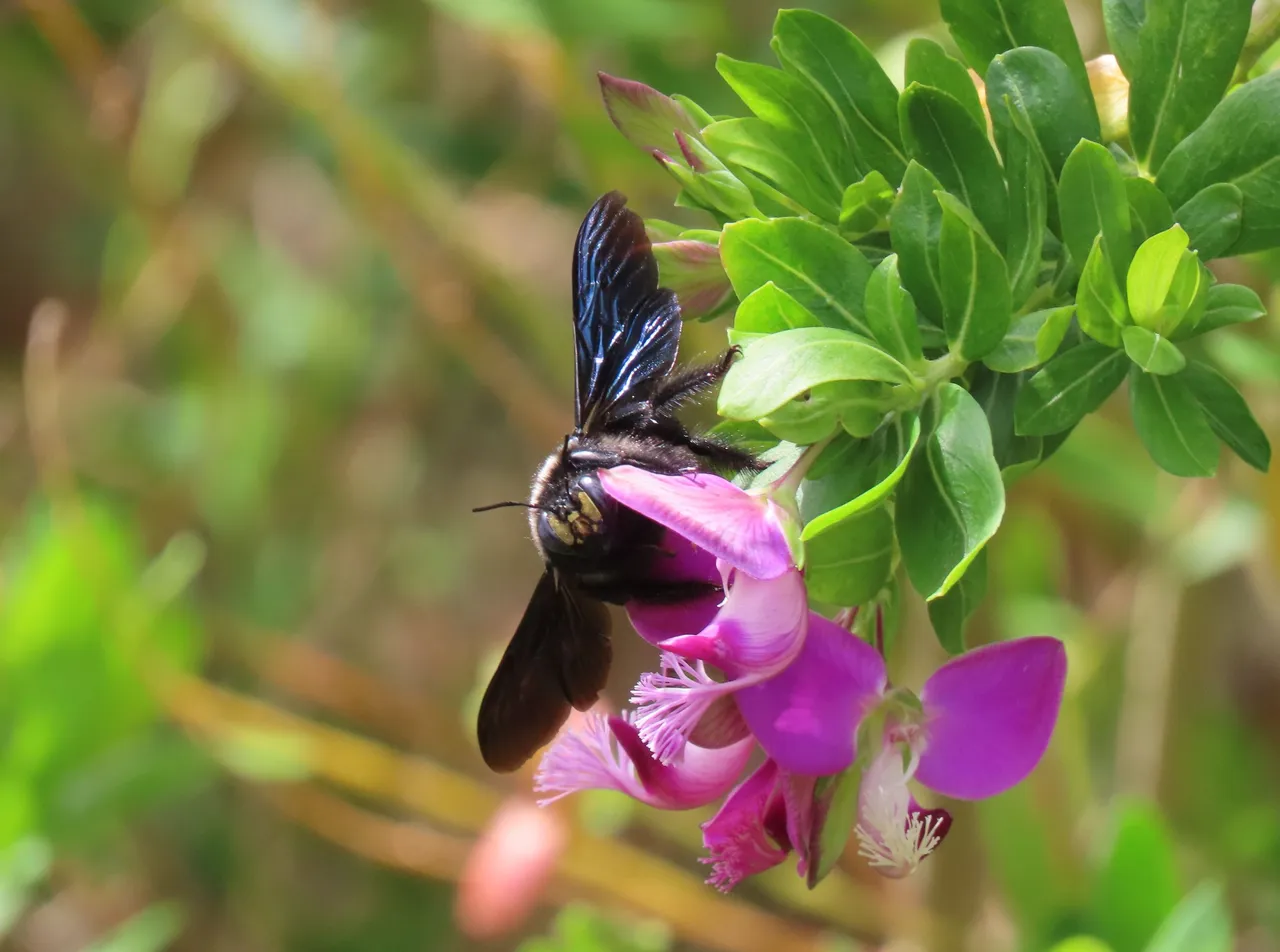
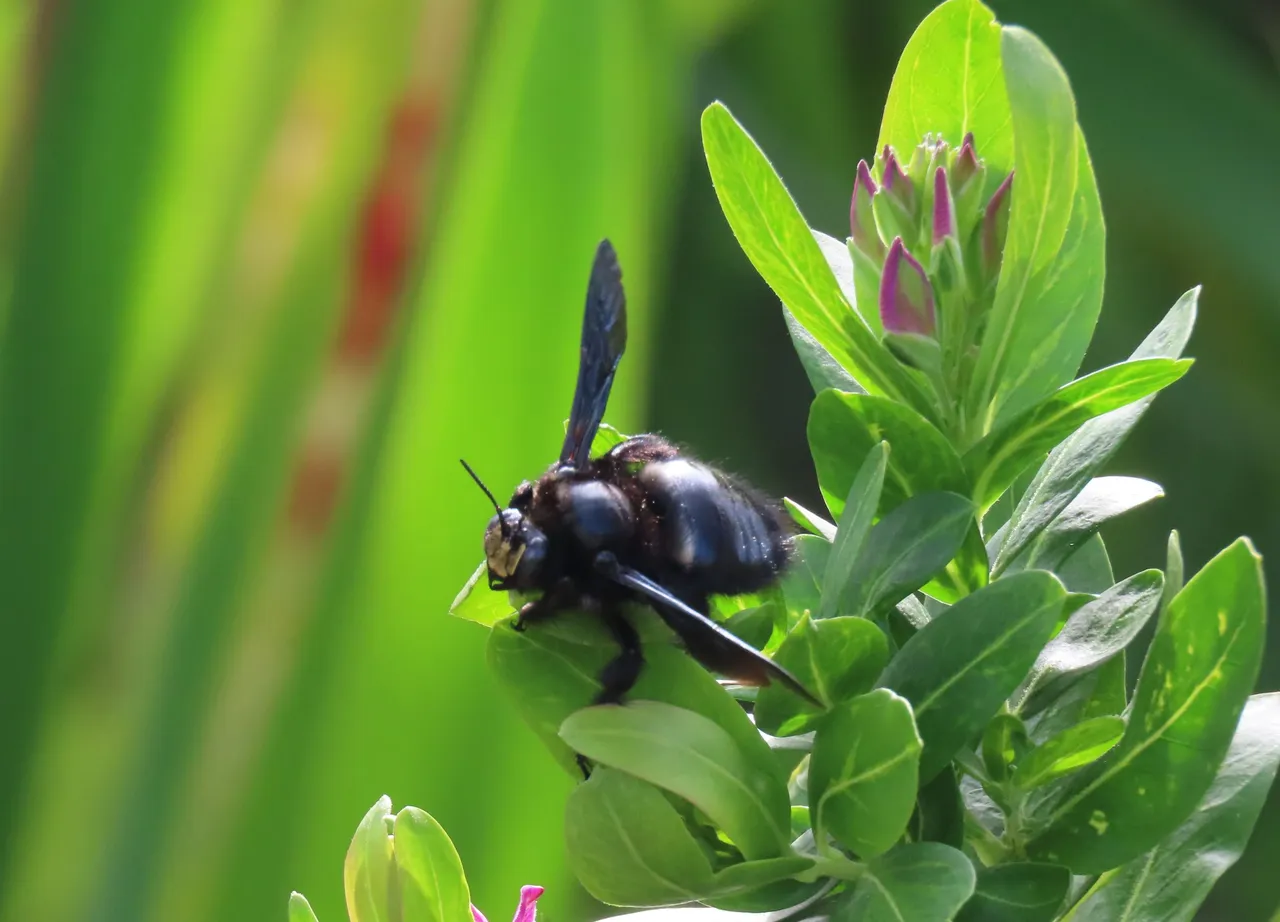
The male Banded Carpenter bee is completely covered in yellow hair.
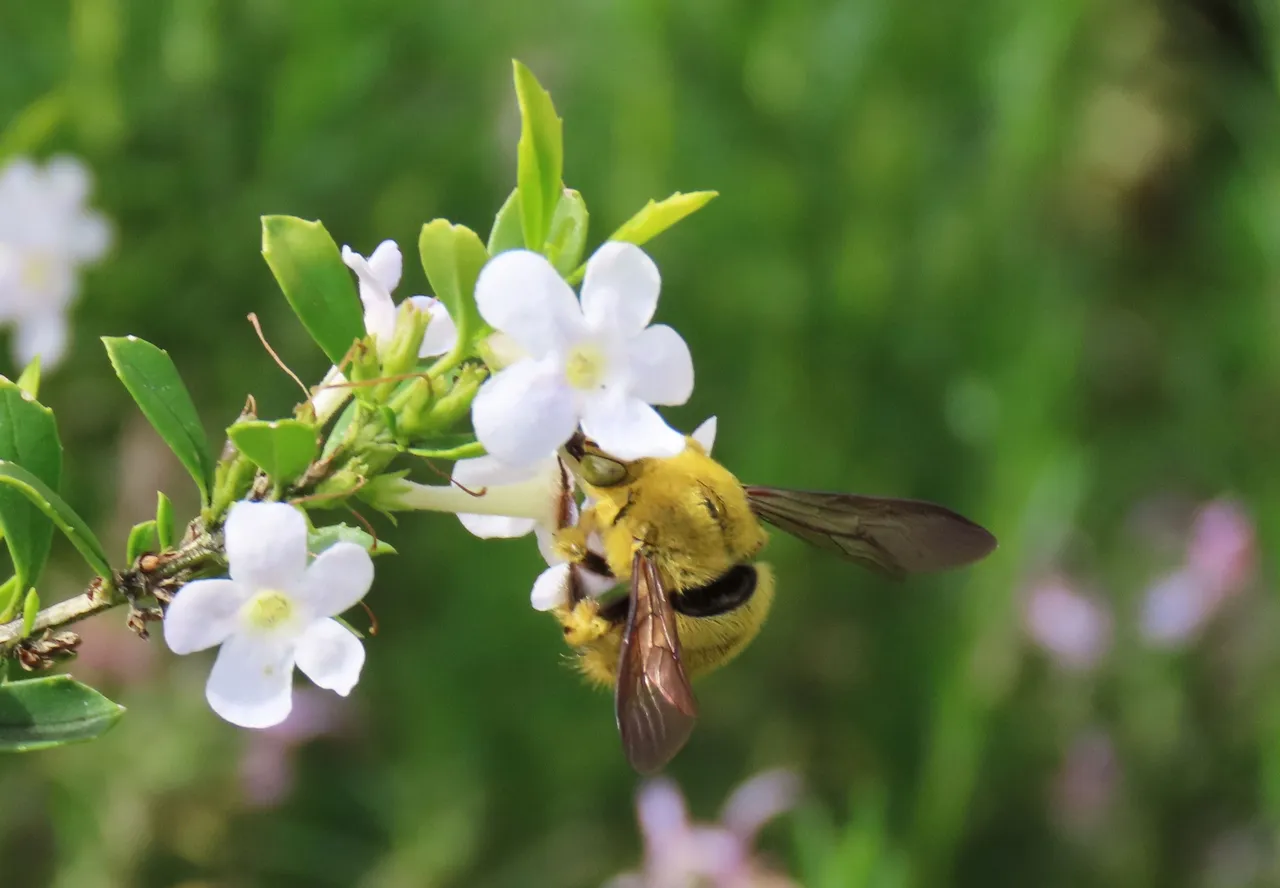
Look how his body bends. Amazing, isn't it?
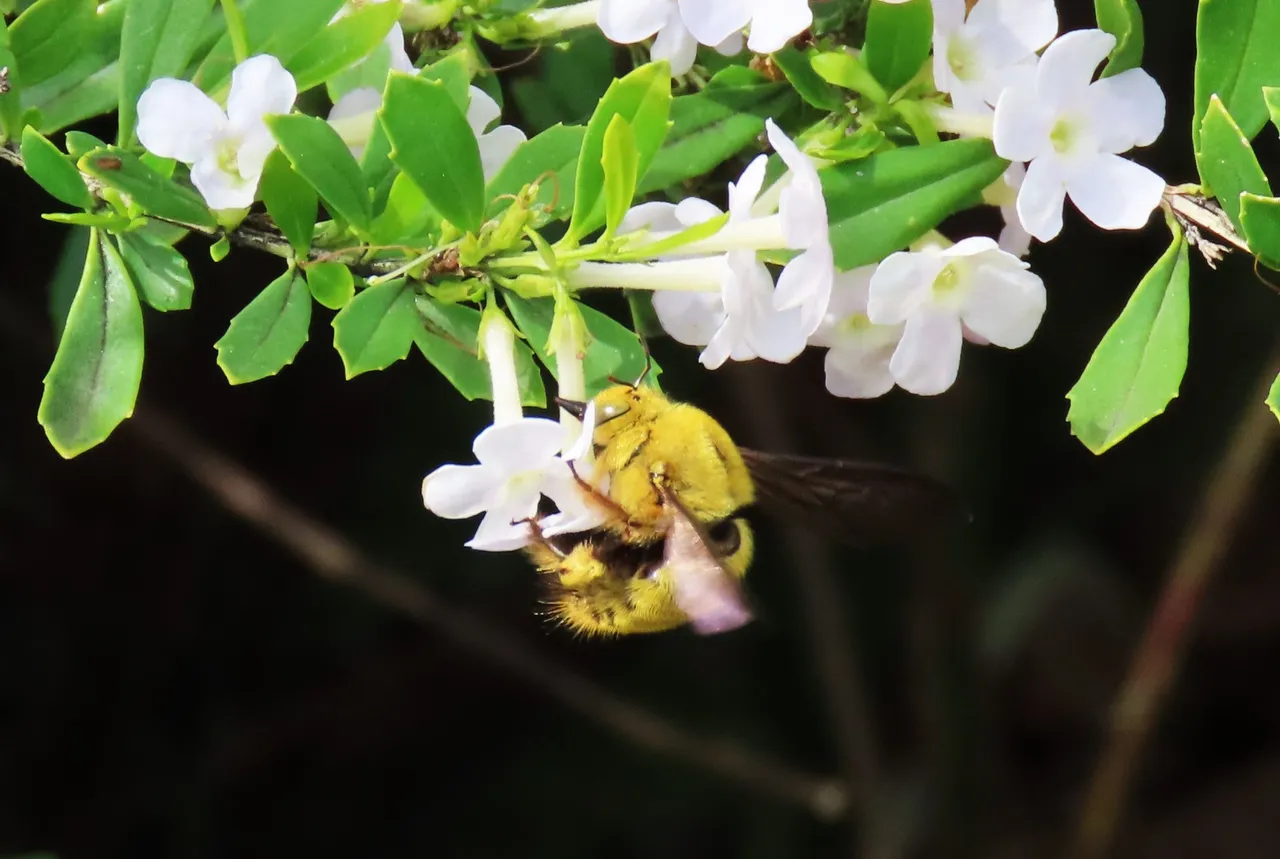
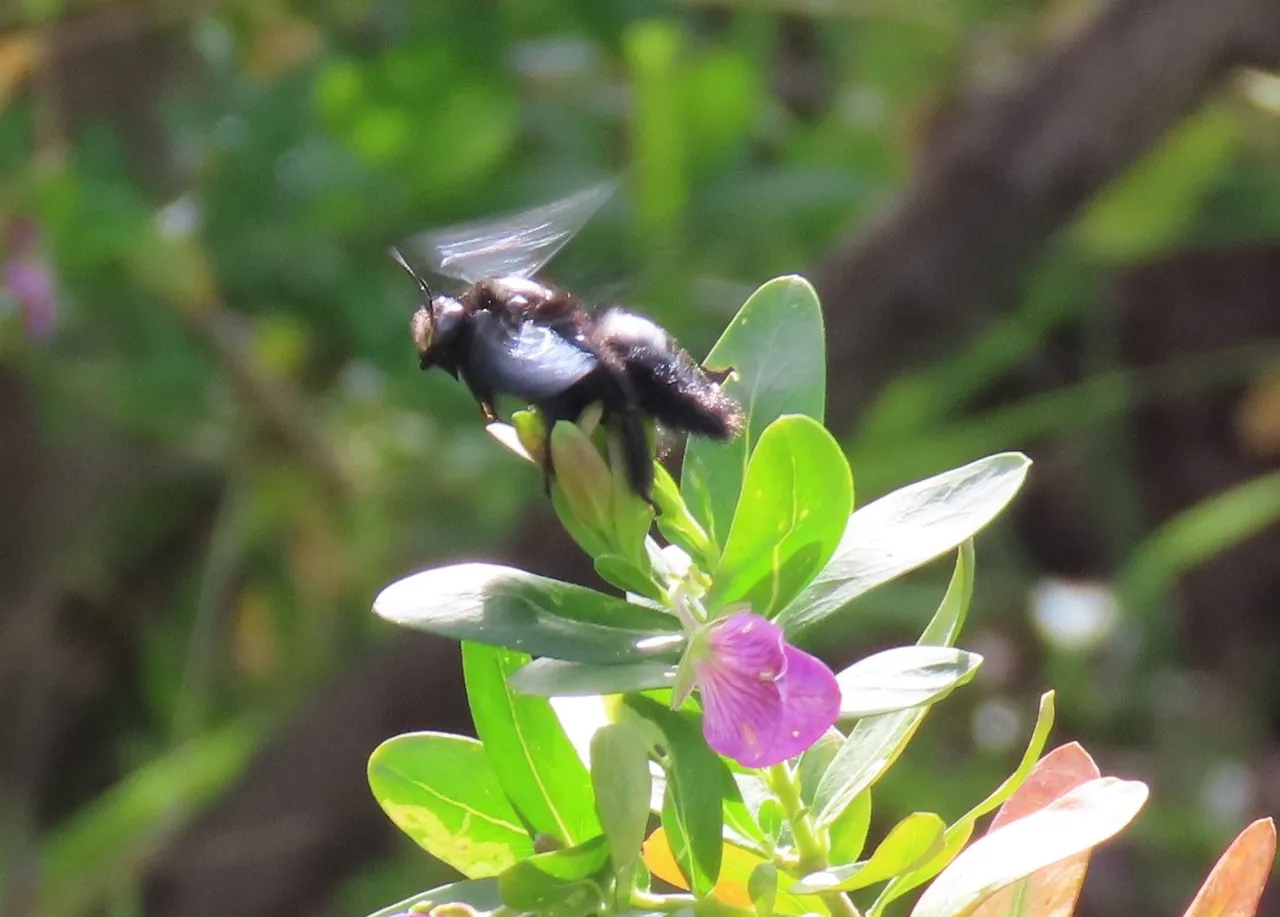
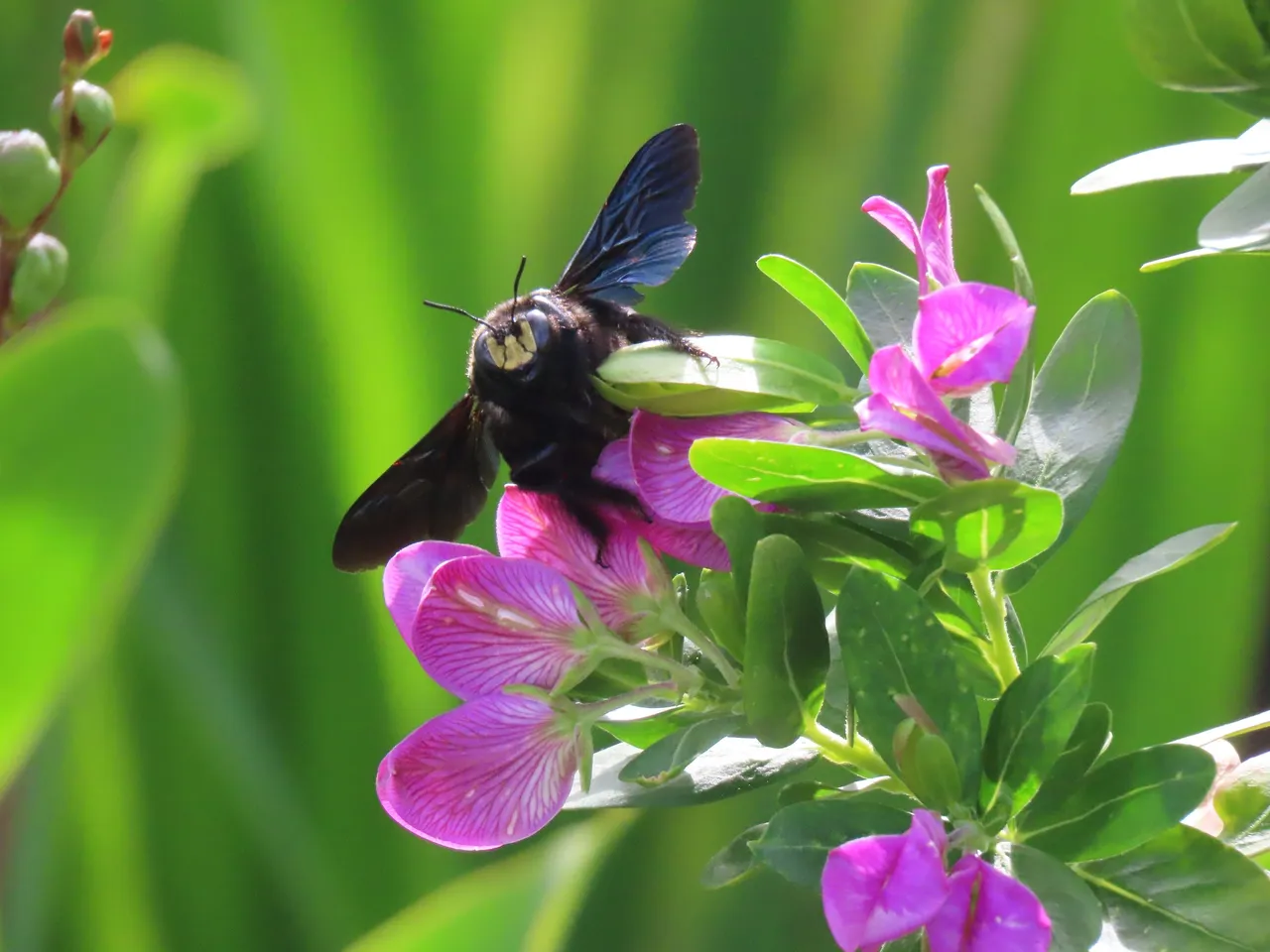
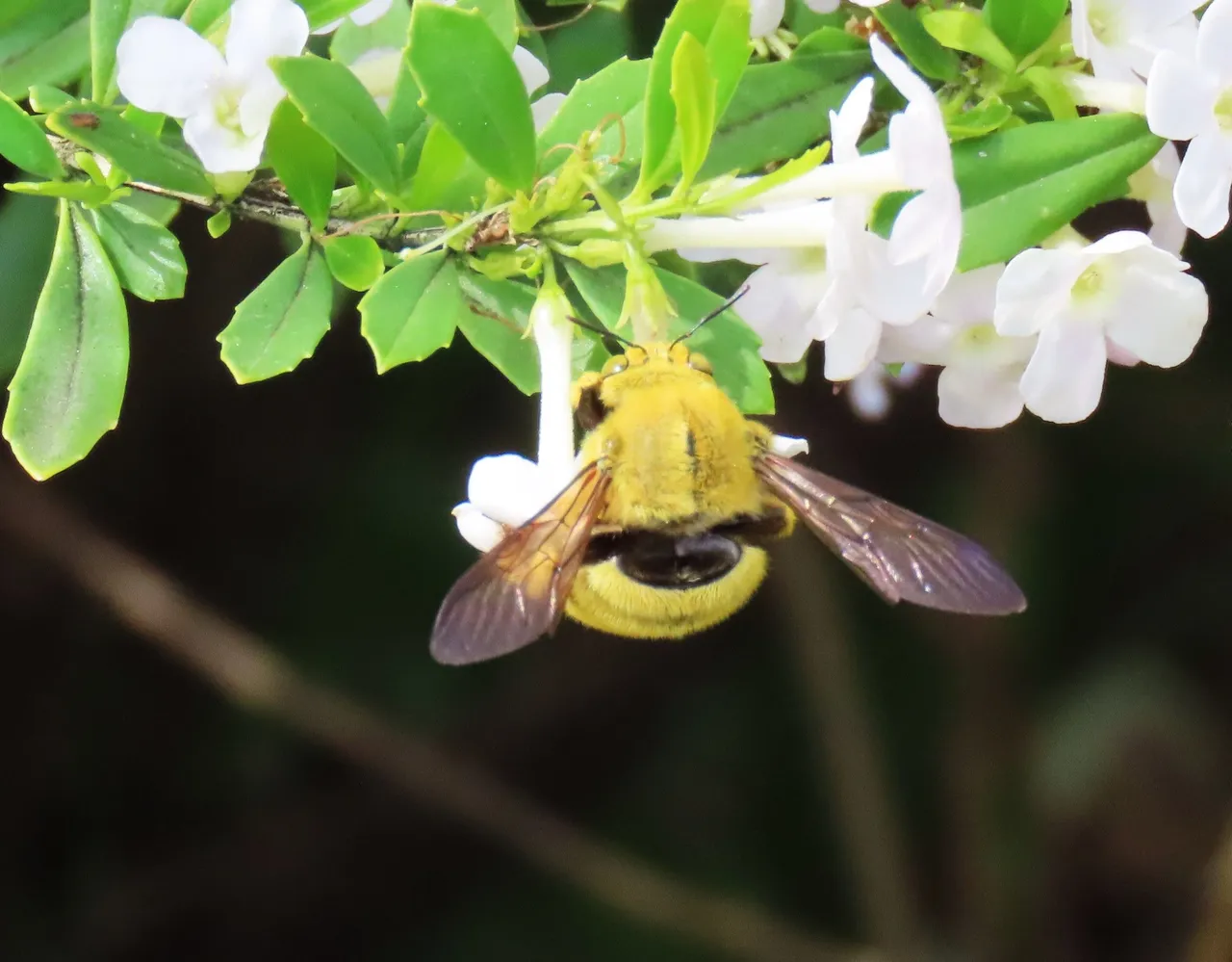
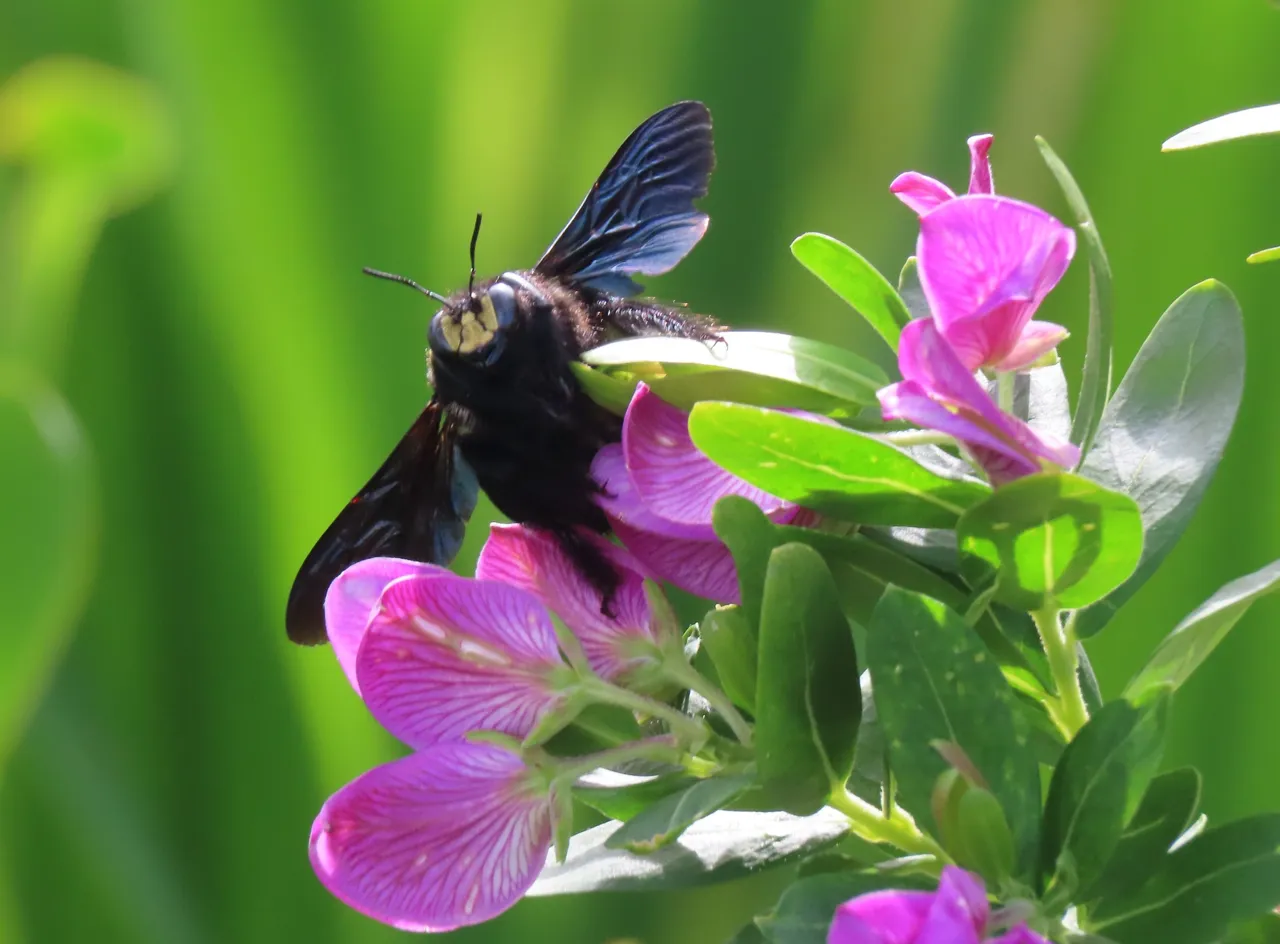
Amazing what nature can show us, and even more amazing how the insects are fully equipped to feed and to breed. So, I have written enough here about the bees, and I hope you enjoyed the pictures and the story.
Photos by Zac Smith-All Rights Reserved.
Camera: Canon PowershotSX70HS Bridge camera.
Thank you kindly for supporting this post.